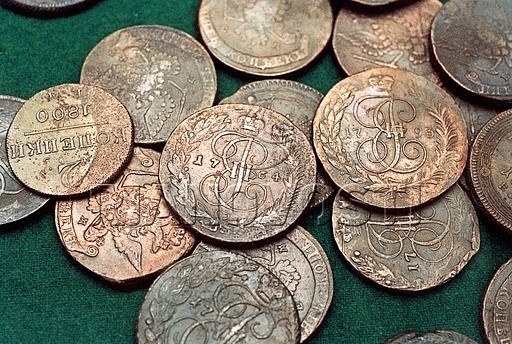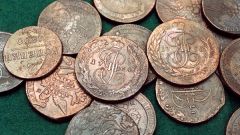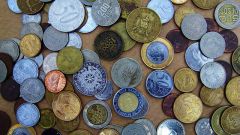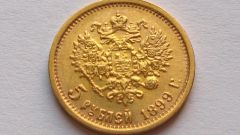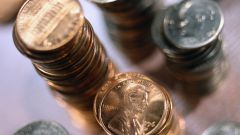Instruction
1
Find numismatic directory. They are freely available online, usually on forums of coin collectors. These directories contain the latest information on the types of coins, their values (often with a specific value), as well as photographs with detailed descriptions. If the listing stated a coin like yours, carefully, ideally with a magnifying glass, compare them to the smallest detail. Counterfeits of the old days are often rough, so the difference will be noticeable even to a layman.
2
Contact foundry workshop, to determine cast or stamped coin. Ancient coins mostly chasing, but modern fake - casting. Depending on the type of metal (in the old days coins were minted from silver the other samples) and changing the weight, so be sure to compare the weight of the alleged ancient coins in the catalog.
3
Consider a coin under a microscope with at least 400-fold magnification. Genuine vintage coin will be visible to all the prints of time: corrosion, micro-chips, the delamination of the particles. Professionals during the inspection of the coins used stereo microscopes, which can determine the clarity of drawing.
4
If it is not possible to determine the authenticity and value of ancient coins yourself, try to appeal to coin collectors, Amateurs in specialized forums on the Internet. Note that for simple description of the coins no one will give a conclusion. Take a picture of the obverse and reverse (front and back side of the coin) in macro mode and put photos on the forum. Be prepared for the fact that you will be advised to conduct an independent examination in the case that the coin may be a greater collector's value.
5
Order your professional expertise with the help of spectral analysis. This method allows to determine the presence of different metals in the coin alloy and exposes even the highest-quality forgeries of antique. However, it costs expensive and is used mainly when we are talking about a rare instance.
